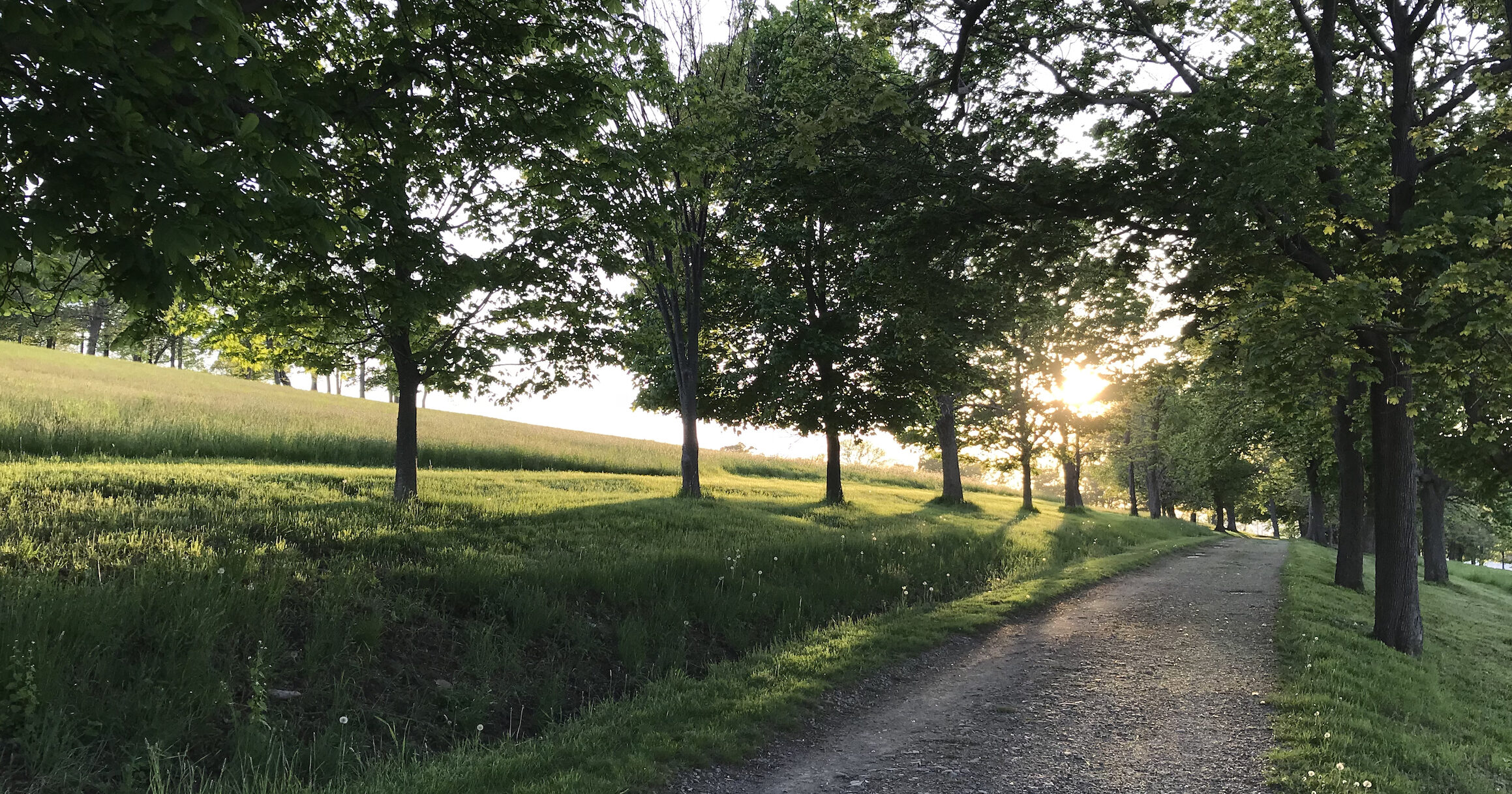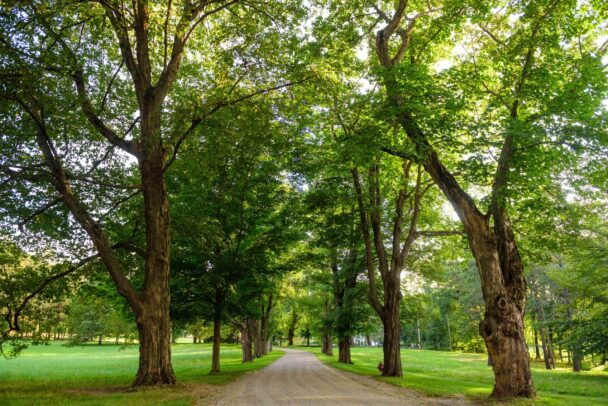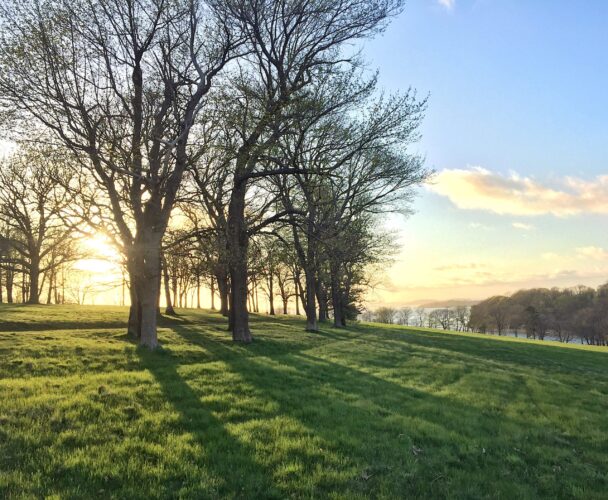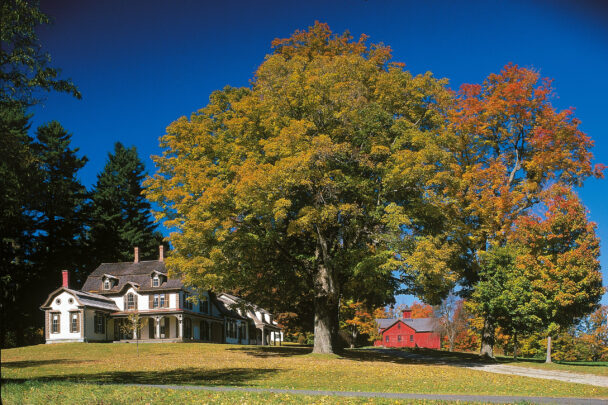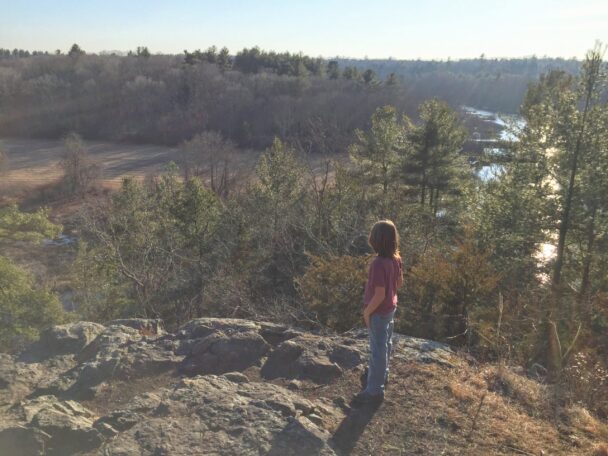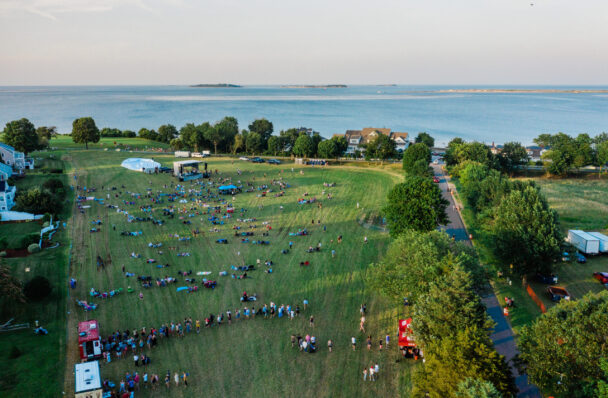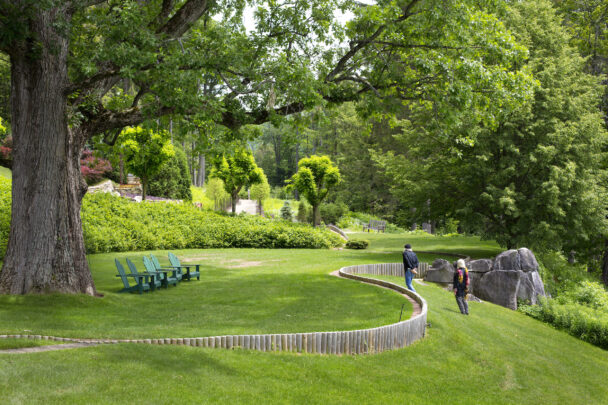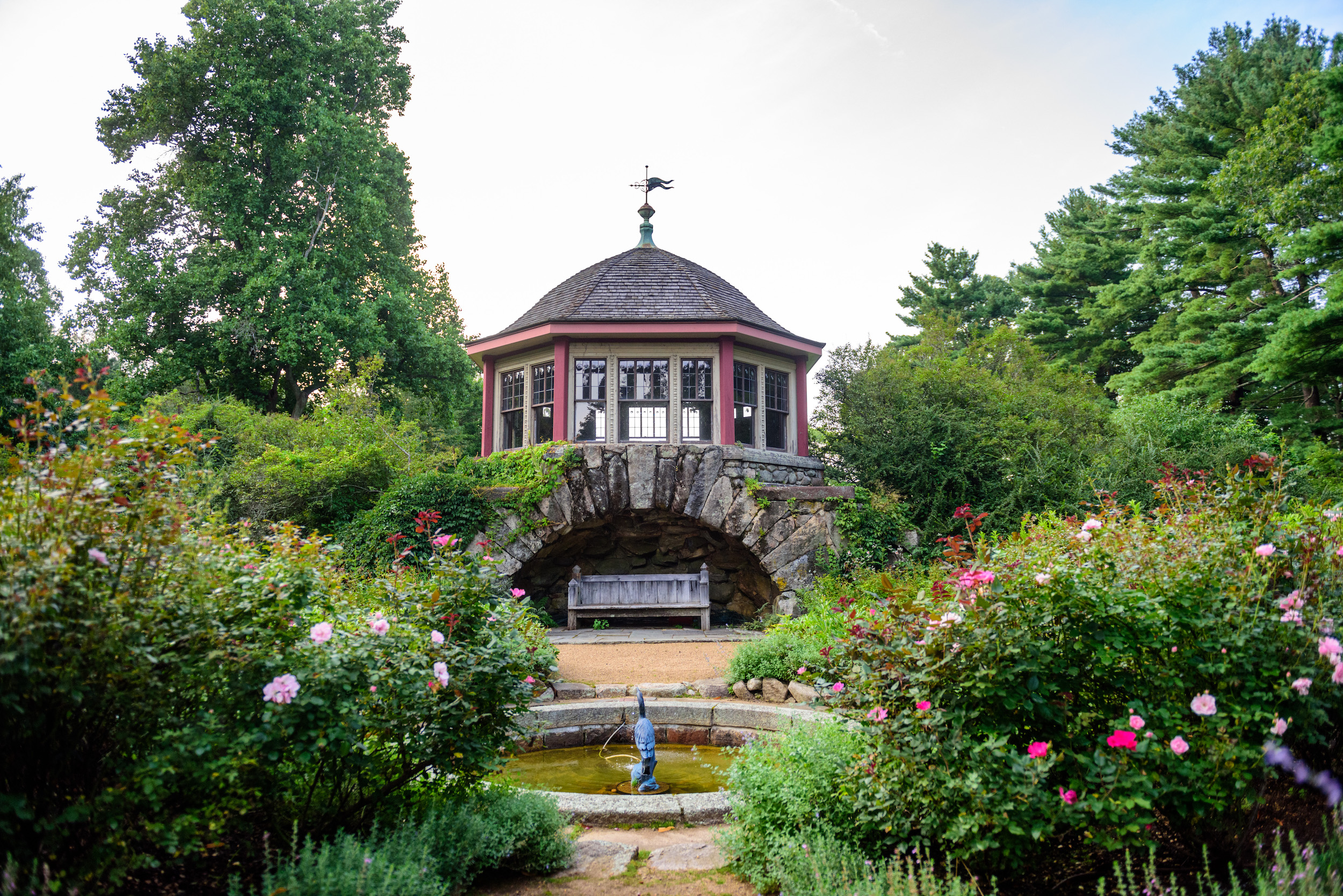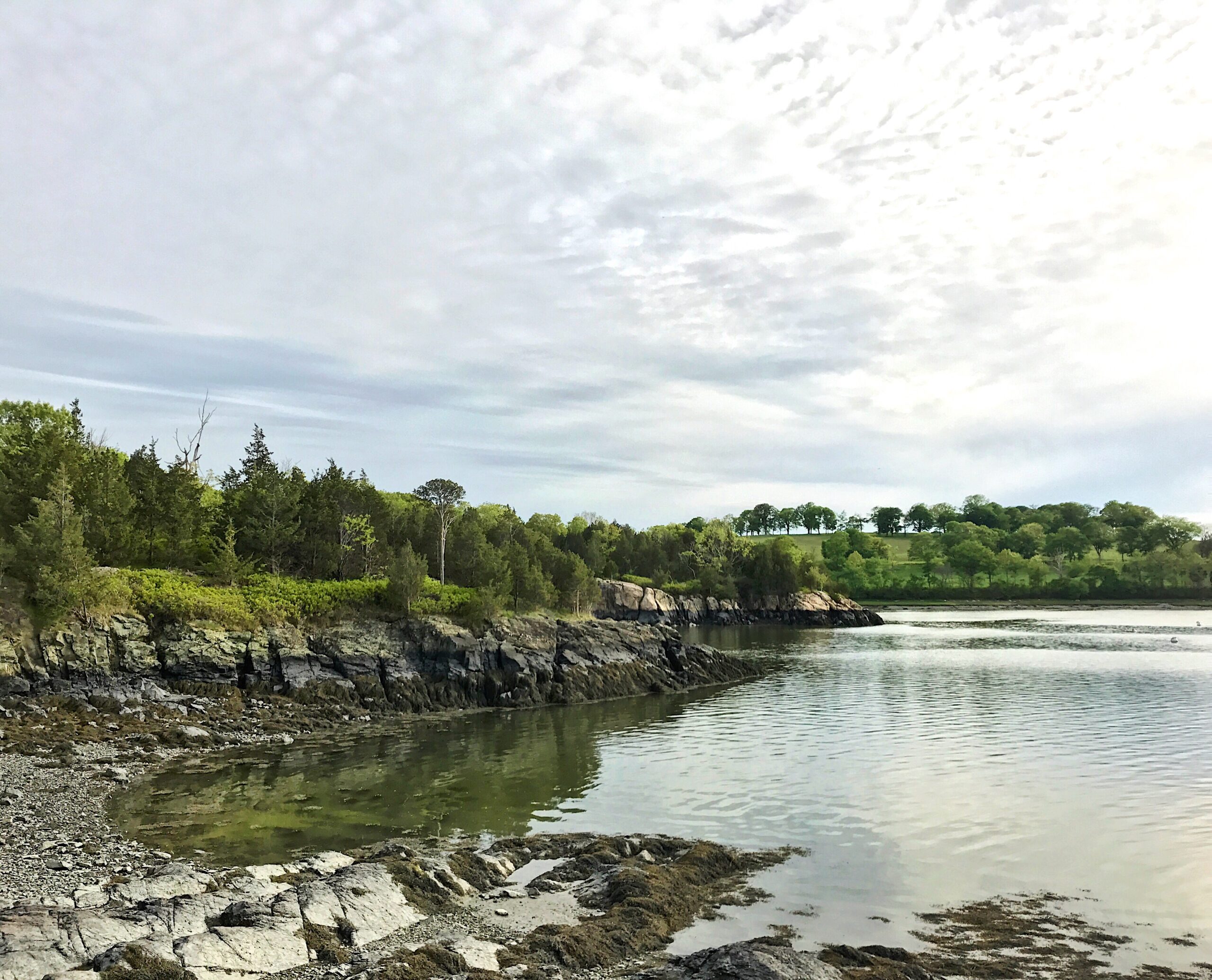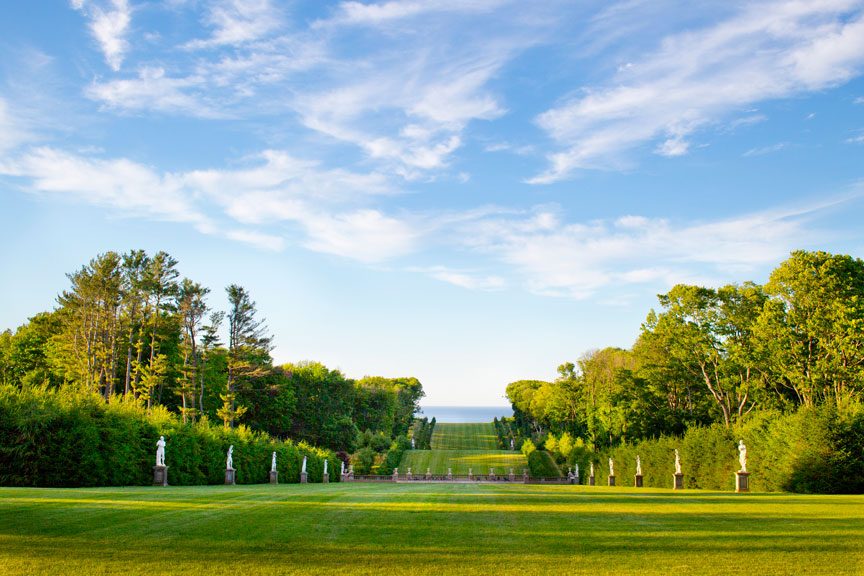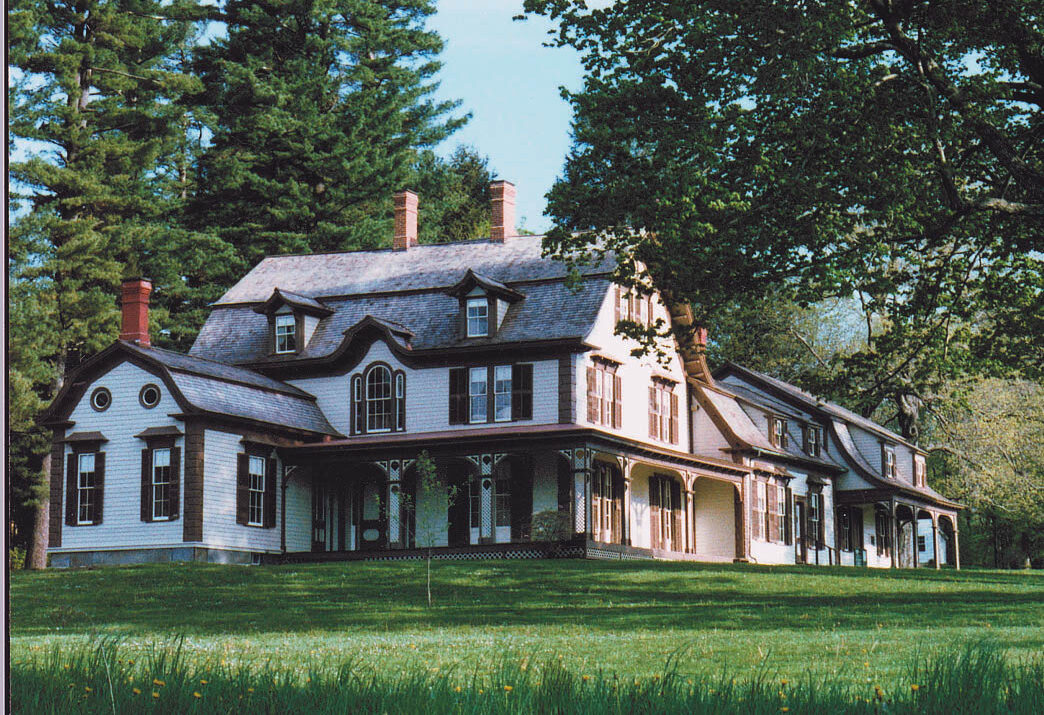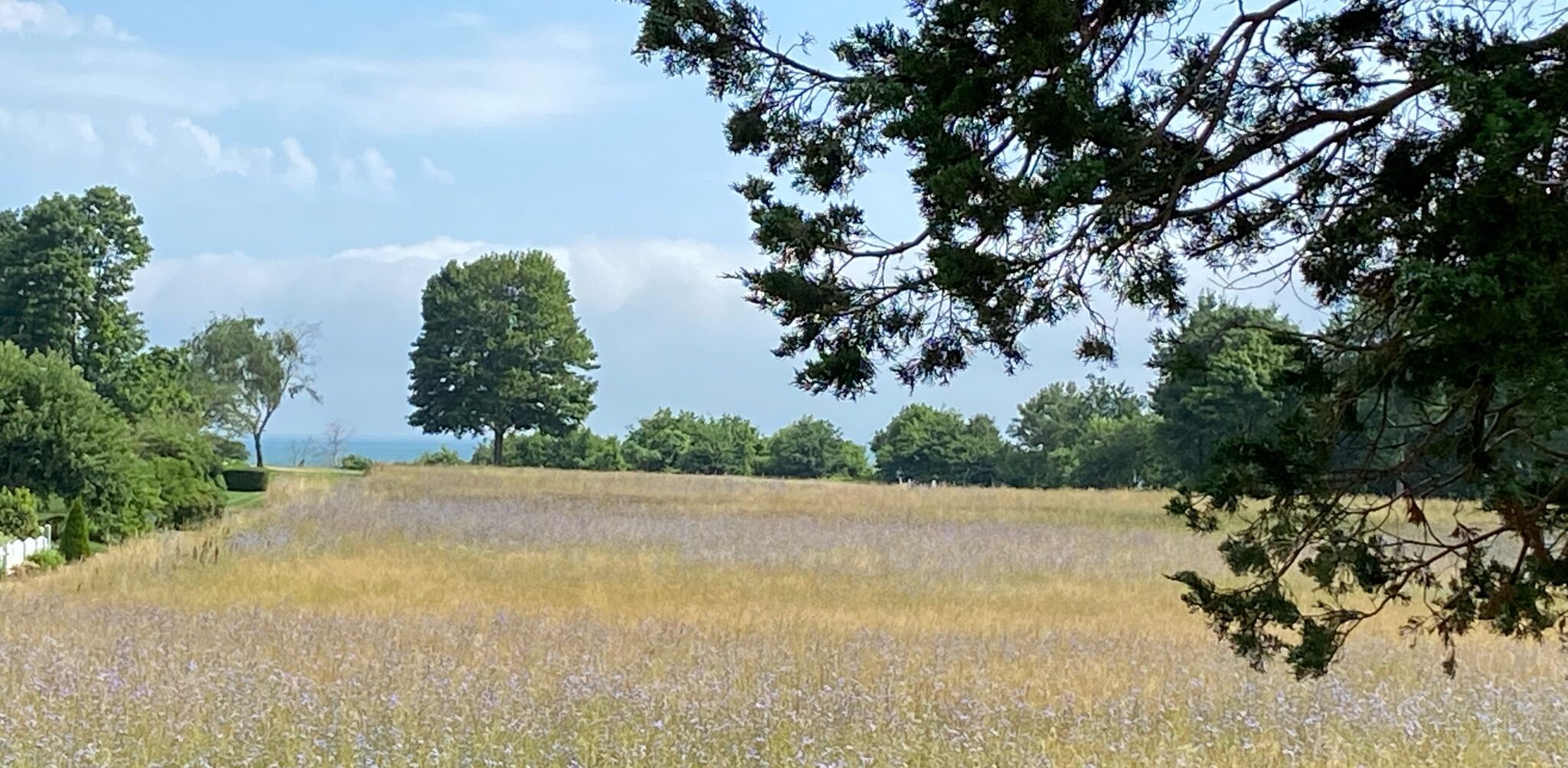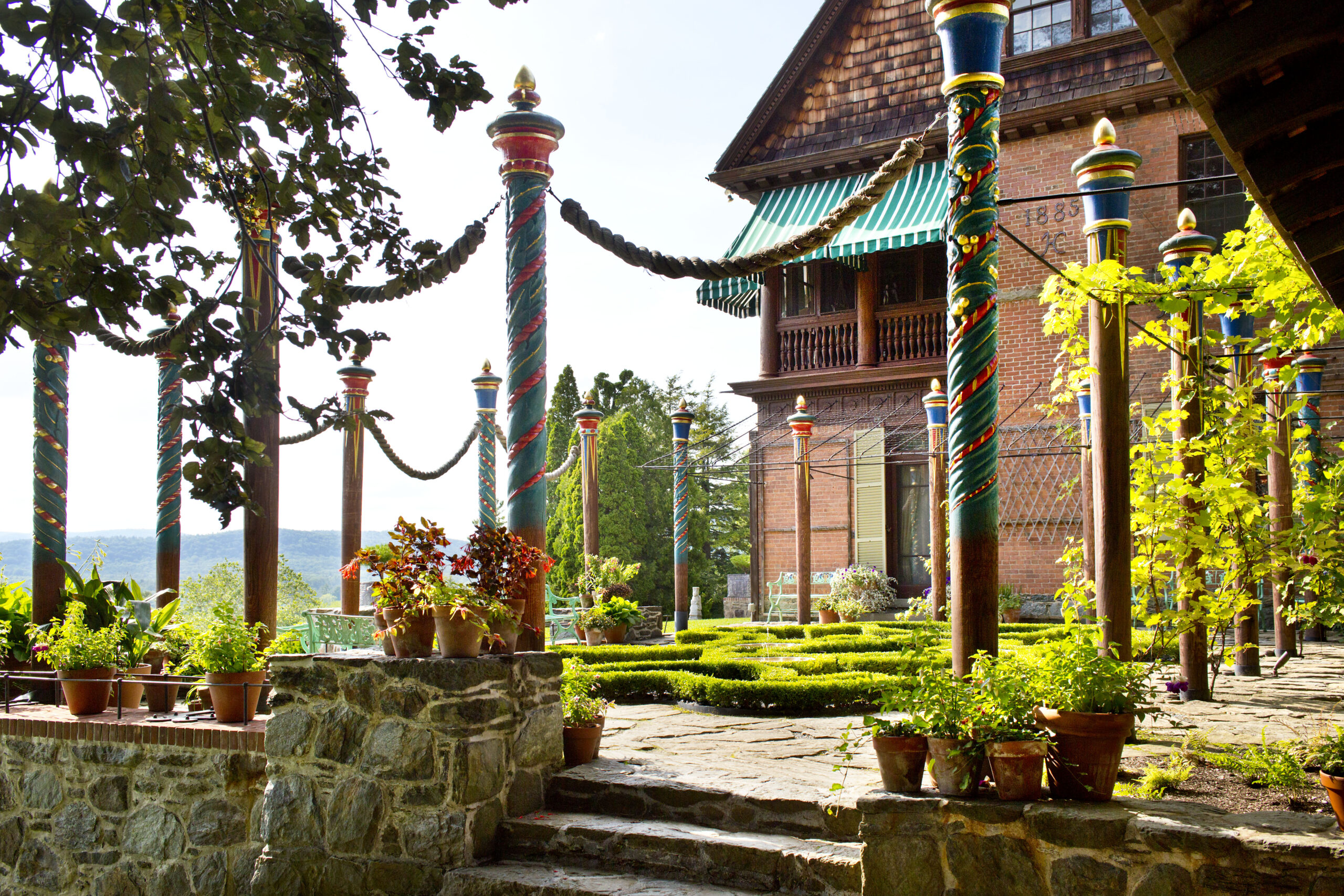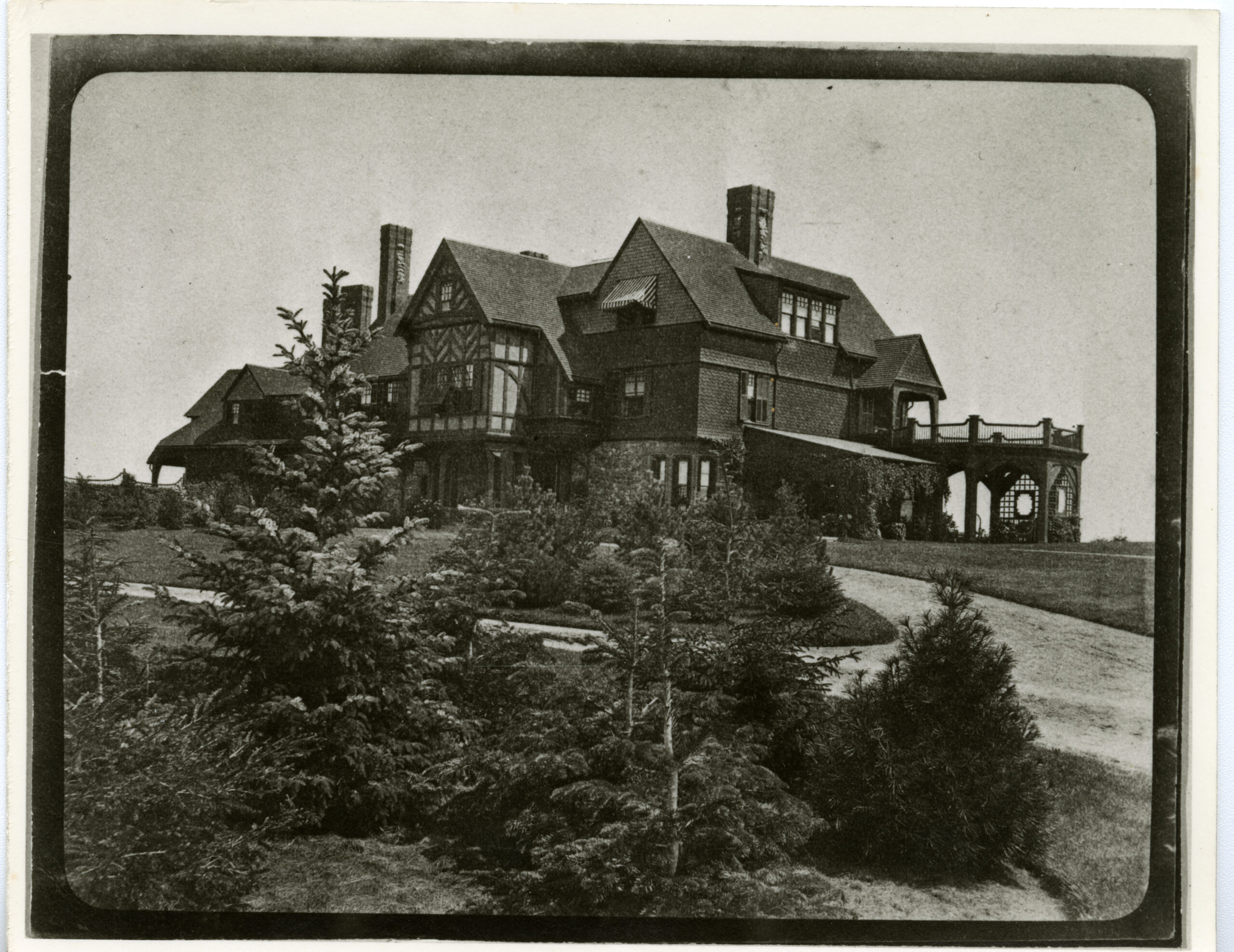In the pantheon of American landscape architects, the name Frederick Law Olmsted looms over all others. His oeuvre as a landscape designer is legendary, encompassing Central Park in Manhattan, the grounds around the U.S. Capitol in Washington, D.C., the Biltmore Estate in North Carolina, and countless other works. His sensibilities are enduring, making an impression on apprentices that included Trustees founder Charles Eliot, who captured Olmsted’s design ethos and shaped it into visionary responses to contemporary philosophical and social influences.
From the founding of The Trustees in 1891 to World War II, the relationship between the organization and the Olmsted office was tightly intertwined; Olmsted’s approach helped define the character of some of the Trustees’ most revered reservations while they were still private residences. With 2022 marking the 200th anniversary of Olmsted’s birth, his approach and his lasting legacy on Trustees properties demand a closer look.
Olmsted landscapes were always meant to be experienced as you traveled through them, rewarding wanderers with one surprise after the next. Though these places have been sensitively manipulated and highly designed, they unfold naturally, as if they’ve always been there. The Trustees counts seven properties where Olmsted—and, later on, his sons—had great impact:
Moraine FarmIn 1879, the Philips family commissioned Olmsted to design a Beverly country estate perched on the shores of Lake Wenham. Here, Olmsted created a forested lodge out of failing farmland with three distinct elements: forest, field, and estate grounds. Three carriage road loops meandered amidst newly curated scenery; the house not revealed until the last turn of the entry road. Charles Beveridge, editor of The Frederick Law Olmsted Papers Project, stated, “Moraine Farm was as fully executed as Biltmore but the picturesque quality of the house, its rugged terrace, and the scale and interest of the terrain all provide an effect that is more truly Olmstedian than is true at Biltmore … and retains more of his spirit than any other residential design still in existence today.”1
World’s EndIn 1889, John Brewer commissioned Olmsted to lay out a housing subdivision on Planter’s Hill in Hingham, two years after Olmsted created a similar subdivision plan in Swampscott on Boston’s North Shore.2 Today, Olmsted’s tree-lined carriage roads are the memorable core of World’s End, which encompasses Planter’s Hill. As with Moraine Farm, World’s End is a landscape meant to be experienced firsthand, with views and landscape scenery that reveal themselves as you wander.
Castle Hill on the Crane EstateIn 1909, six years after Olmsted passed away, Richard Teller Crane Jr. commissioned Olmsted’s sons to design his Italianate villa at Castle Hill in Ipswich. Here, the firm—whose name had changed to The Olmsted Brothers—created a sunken formal garden, Italianate forecourt, and bowling green inspired by the Villa Gamberaia and Boboli Gardens in Italy.
William Cullen Bryant HomesteadBetween 1891 and 1927, Frederick Law Olmsted Jr. advised and helped negotiate the acquisition of the William Cullen Bryant Homestead in Cummington.
Rocky NarrowsFrederick Law Olmsted Jr. created the early surveys and signage for The Trustees’ first reservation, Rocky Narrows in Sherborn (1896-1901).
Holmes ReservationFrederick Law Olmsted Jr. negotiated the gift of Holmes Field in Plymouth in 1943-44.
NaumkeagFrederick Law Olmsted’s history with The Trustees also included this interesting footnote: after Joseph Choate invited Olmsted to provide design advice on his summer estate in Stockbridge, Olmsted’s ideas were rejected when he recommended cutting the Choates’ favorite picnic tree—the great white oak on today’s South Lawn—as the site for the main house.
1Charles Beveridge quote in Moraine Farm Management Plan.
2Olmsted Project number 1053, Swampscott Land Trust. Olmsted archives.
